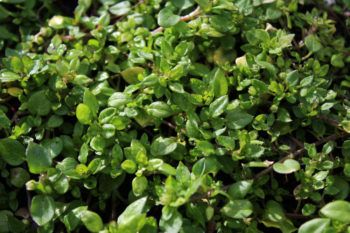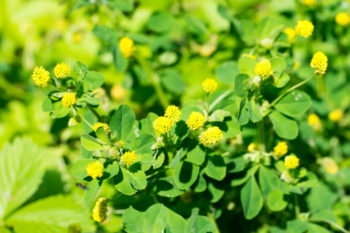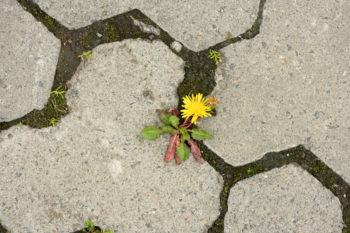Texas Winter Weeds
Over-reliance on herbicides and mild winters have highly contributed to the widespread of winter weeds. The reason these weeds have become an issue is that they thrive on cool temperatures and less daylight.
Winter weeds germinate during fall and winter and then begin to grow and spread during spring. During the winter they appear as small seedlings. They will fully mature in spring.
Which is exactly what makes them so tricky. They seem small and harmless in winter, but come spring, your lawn will be covered in them. The best way to get rid of these weeds is to apply a pre-emergent during the fall.
These weeds are costly to eliminate. Herbicides may fail to control them if they’re already fully developed. Winter weeds need to be treated chemically before they have started to germinate.
A healthy, fertilized lawn is a dream come true for homeowners. Learning how to control weed growth in your lawn is a big step towards achieving that goal.
Here’s a quick list of the winter weeds we’ll be going over today.
- Chickweeds
- Henbit
- Annual Bluegrass (Poa annua)
- Clover
- Dandelion
- Bittercress
CHICKWEEDS

Chickweeds are edible weeds. The name originated from the fact that chicken and other fouls love to eat it. This weed is unique because it has egg-shaped leaves with no stem and very small blooms, which appear whitish in color. In most scenarios, the plant just spreads on the ground with roots penetrating from each node. Chemicals must be used to counter its rapid spread.
HENBIT

You can spot henbit by its square stem, triangular-shaped leaves, which may also appear ovular and down-pointed sparse hairs. When mature, these weeds produce a cluster of purple and red flowers. It is often found trying to invade bermuda grass lawns. Henbit can be consumed by human beings. Henbit got its name from the fact that “hen” like to “bite” it.

ANNUAL BLUEGRASS (Poa Annua)
This type of weed can be uniquely identified by its individual clumps. It appears brighter than any other grass and it grows very high. It has feather-like seeds that resemble wheat. The main problem with bluegrass is that it spreads rapidly once it’s established.
CLOVER

Clover is another popular winter weed. The clover has three green leaves with bright, yellow flowers. It is a broad-leaf, perennial weed, which means you will see it year after year.

DANDELION
Dandelions are known for their yellow flowers. They have a taproot, which is around six to twelve inches. This weed starts to pop up between April and June when its seeds mature and disperse for germination. This is a perennial weed. The best way to avoid dandelions is by growing a thick grass that does not allow it the space it needs to reproduce.
BITTERCRESS

Bittercress has tiny white flowers. It grows in early spring. It spreads quickly on wet grounds. This weed has a very long taproot system. It’s an annual weed, so once eliminated, chances are that it may not come back in the following season. Post-emergent control is the best for bittercress so that its seeds don’t spread out.
CONCLUSION
Winter weeds are a problem for most homeowners in Texas. These weeds can be difficult to get rid of. The most effective way of controlling them is usually chemical control, where herbicides are sprayed on the weed’s seedlings.
After applying herbicides, always remember to water your lawn right after. About a half an inch should be sufficient.
Having a beautiful green lawn in spring and summer requires year-round maintenance.
If you didn’t see your specific weed listed here, check out this weed identification guide for more weeds commonly found in Texas.
